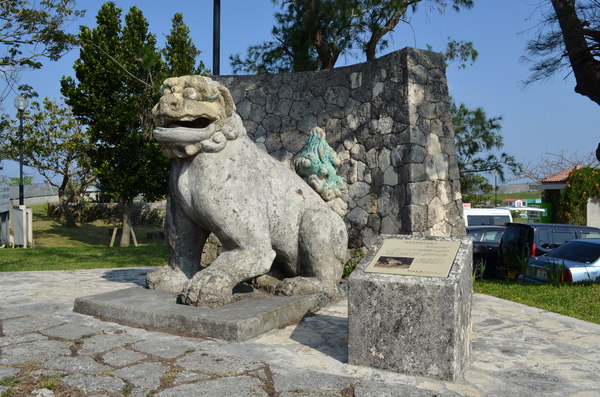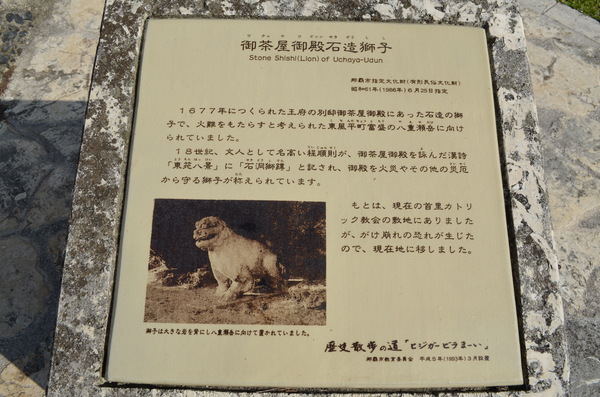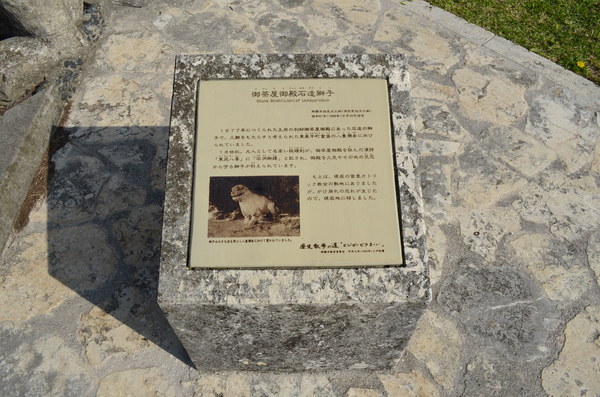Former Uchaya-udun, Stone Lion Statue
Historic sitesNature




Uchaya-udun is a detached villa that belonged to the royal family of the Ryukyu Kingdom. It was also called To-en. Uchaya-udun was used to entertain ambassadors after kings’ excursions. According to “Nanto-Fudoki (Geographical Dictionary of Okinawa) 1950,” the Maekawa-family genealogy said that Ishadu Uekata Shujo was assigned as a construction magistrate, and he constructed this detached villa in 1677.
Basic information
- Address
- 903-0814 1-77-1 Sakiyama-cho Shuri Naha Okinawa
- TEL
- 098-917-3501 (English is not supported) Municipal cultural property division of Naha city
- Business hours
- Nothing in particular
- Close day
- Nothing in particular
- Charge
- Free
- Parking
- None
- Access information
- An 8-minute walk from the Kinjo-cho bus stop, in the Sakiyama park.
Additional Information
- Academic information
- Cultural property(Municipal designated tangible folk cultural property)
Designated Date: June 25, 1986
Uchaya-udun is a detached villa that belonged to the royal family of the Ryukyu Kingdom. It was anlso called To-en. Uchaya-udun was used to entertain ambassadors after kings’ excursion. According to “Nanto-Fudoki (Geographical Dictionary of Okinawa) 1950,” the Maekawa-family genealogy said that Ishadu Uekata Shujo was assigned as a construction magistrate and he constructed this detached villa in 1677.
The stone lion statue that used to stand under the shade of about 40m of rock before the entrance is believed to have been built around the same time. However, it was destroyed during the Battle of Okinawa, and, in 1979, it was restored based on the prewar photos and remains to this date.
A stone lion statue was first introduced by Ou Shu, an investiture envoy. “Ryukyukokushiryaku (1756)” by Shu Ko describes the scene of the stone statue and its surrounding by saying that “A letter Rei like bonji (Sanskrit characters) are inscribed on the rock, and the stone statue sits under the shade of the rock. Below the statue is small square pond with intensely gushing water from a stone dragon-shaped water conduit. Goldfish are kept in the pond, before which many stands of bamboo grow and behind which is forested with some tens of old pine trees. The scenery has its own unique attractiveness and beauty.”
Because of danger from falling rocks where the stone statue used to stand, the statue was moved to the present location (near Amagoi-taki). - Quote
- Naha Board of Education Cultural Heritage Division (2007) "Naha Cultural Property" Naha Board of Education
